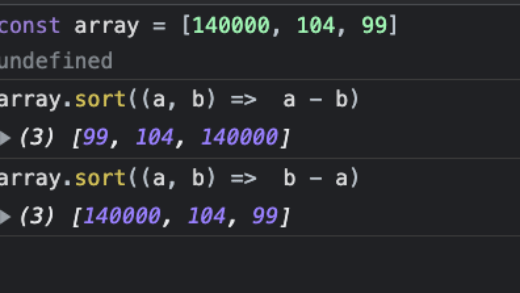CSS now includes a :has selector that allows us to apply styles on the basis of what is happening inside an element. Often referred to as a parent seletor, the :has() function allows us to achieve this and more.
Let us take a look at this relative selector.
div:has(img) {
background: black;
}It only applies the background if there is an image inside the div, otherwise, it will not. So
<div>
<img />
</div>will get selected but if it is a simple div, or has anything else inside it, the styles will not be applied to them.
Chaining
We can even chain the selector and have nested conditions:
div:has(h2):has(ul) {
background: black;
}Not just a parent selector
I came across this article which takes the selector a bit further and does not limit the :has selector to just being a parent selector. You can select the children as well by combining it with the parent selector.
/* Matches <figure> elements that have a <figcaption> as a child element */
figure:has(figcaption) { … }
/* Matches <img> elements that is a child of a <figure> that contains a <figcaption> child element */
figure:has(figcaption) img { … }The second selector gives us the ability to select the child image and we can get a lot more creative and it opens a world of opportunities.
Browser support
While CSS :has is a part of the official spec, it is not fully supported across all browsers yet. But it should hopefully be implemented by Firefox soon and we will get to use it in our future projects.



















